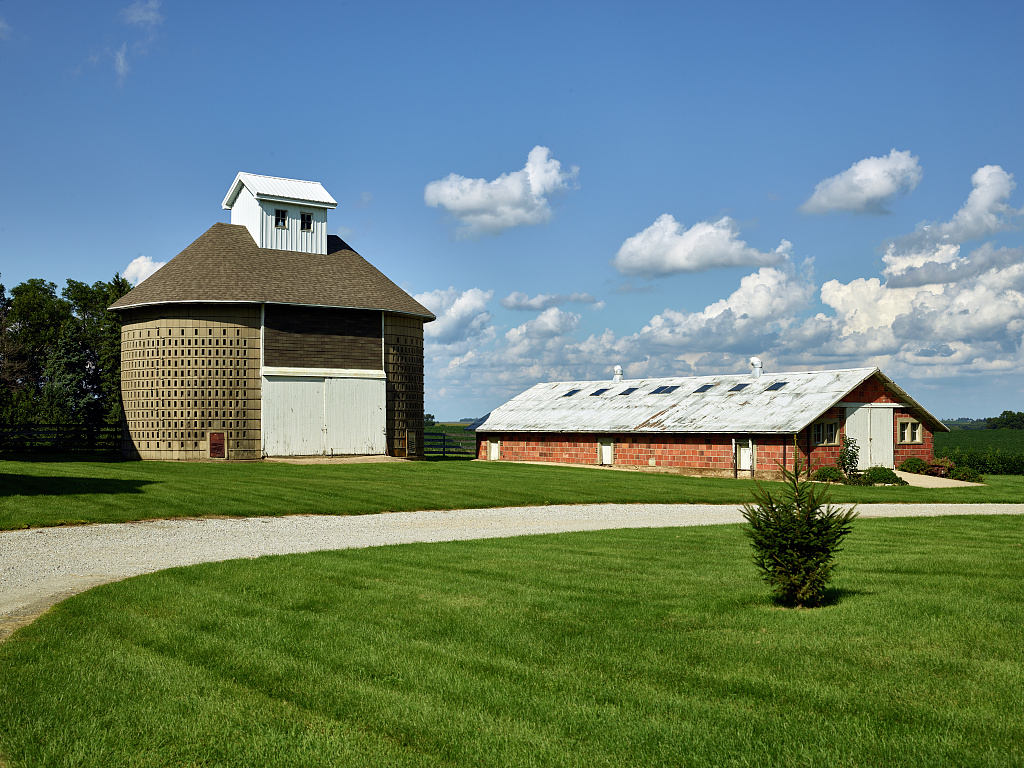Drive through nearly any part of the Great Plains and you’d be hard pressed to not come across incarnations of the enduring symbol of the U.S. Midwest—barns. Even though a wooden structure painted red and dotted with white trim may be the classic image that comes to mind when we think of barns, they come in a range of styles from bank barns with axes parallel to a hill to round barns with domed roofs.
Despite different designs, one thing that all barns have in common is the special place they hold in the lives of the community members where they exist. Barns have historically offered a unique reciprocal way for rural community members to come together and enjoy the pride and satisfaction that comes from the shared accomplishment of raising a barn—an act that, for centuries, was unable to be done alone.
“It took a large group of people to work together in harmony to get the frames up. It was a strong community effort, like a lot of other things that happened in rural areas like husking bees and quilting and sewing bees,” says Steve Stier, an educator and historic preservation specialist who focuses on traditional barns through his work with the Michigan Barn Preservation Network. Because barns were needed by nearly everyone, it was known that by participating, you were sure to have the support you needed when the day inevitably came that you’d be the one requiring community labor.
STEVE STIER, MICHIGAN BARN PRESERVATION NETWORK“It brings this joy that people have when they work together, shoulder to shoulder, accomplishing a significant piece of work like raising a [barn] frame. People are just ecstatic about the way they feel about it.”

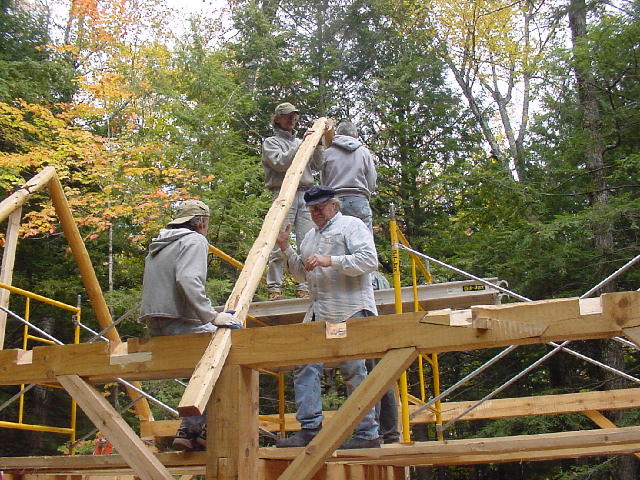
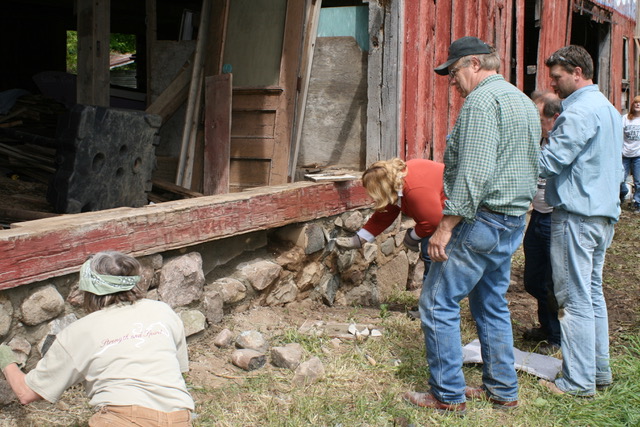
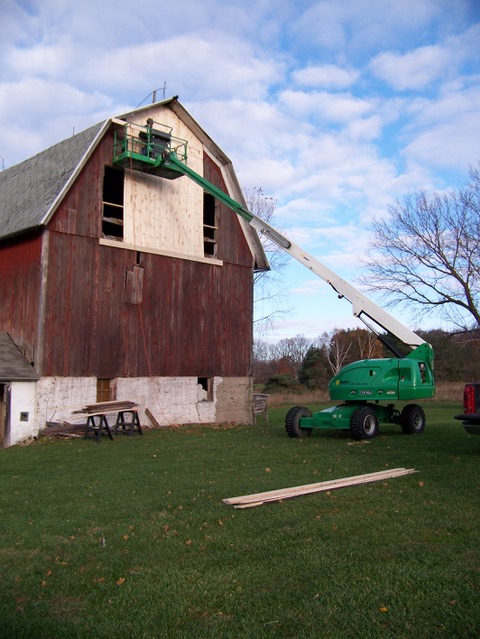
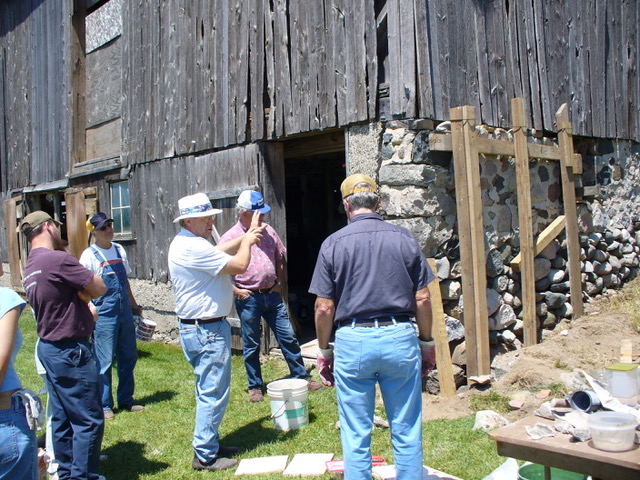
Today, Stier sees the process of raising a barn as an increasingly rare way for a community to come together. “It brings this joy that people have when they work together, shoulder to shoulder, accomplishing a significant piece of work like raising a [barn] frame. People are just ecstatic about the way they feel about it.”
Stier notes that quite a bit of creativity, craftsmanship, and problem solving go into building a barn and its rehabilitation.
While modern machinery has removed much of the need for a community approach to barn raising, organizations like Stier’s are keeping the art alive and bringing people together through workshops, field programs, awards, and grants. At the Barn School, classes often include assessing the condition and stability of a barn; and learning about barn architecture, construction, maintenance and repair approaches. They also provide a handy Barn School 101 booklet, barn condition check sheet, and a resource document. This is a significant offering as we see barns and unused agricultural structures being reimagined as new community gathering spaces from hosting events to artist residencies across the country.
From the National Barn Alliance and the Center for Rural Affairs to Friends of Minnesota Barns and Iowa Barn Foundation, there is a significant national and Midwestern movement to preserve America’s historic barns and rural heritage. There are active initiatives to document barn structures and historic farms in almost all 50 states through state historical preservation offices.
And these barn preservation efforts are being made with good reason — “They’ve become the icon of the rural landscape,” Stier says.
